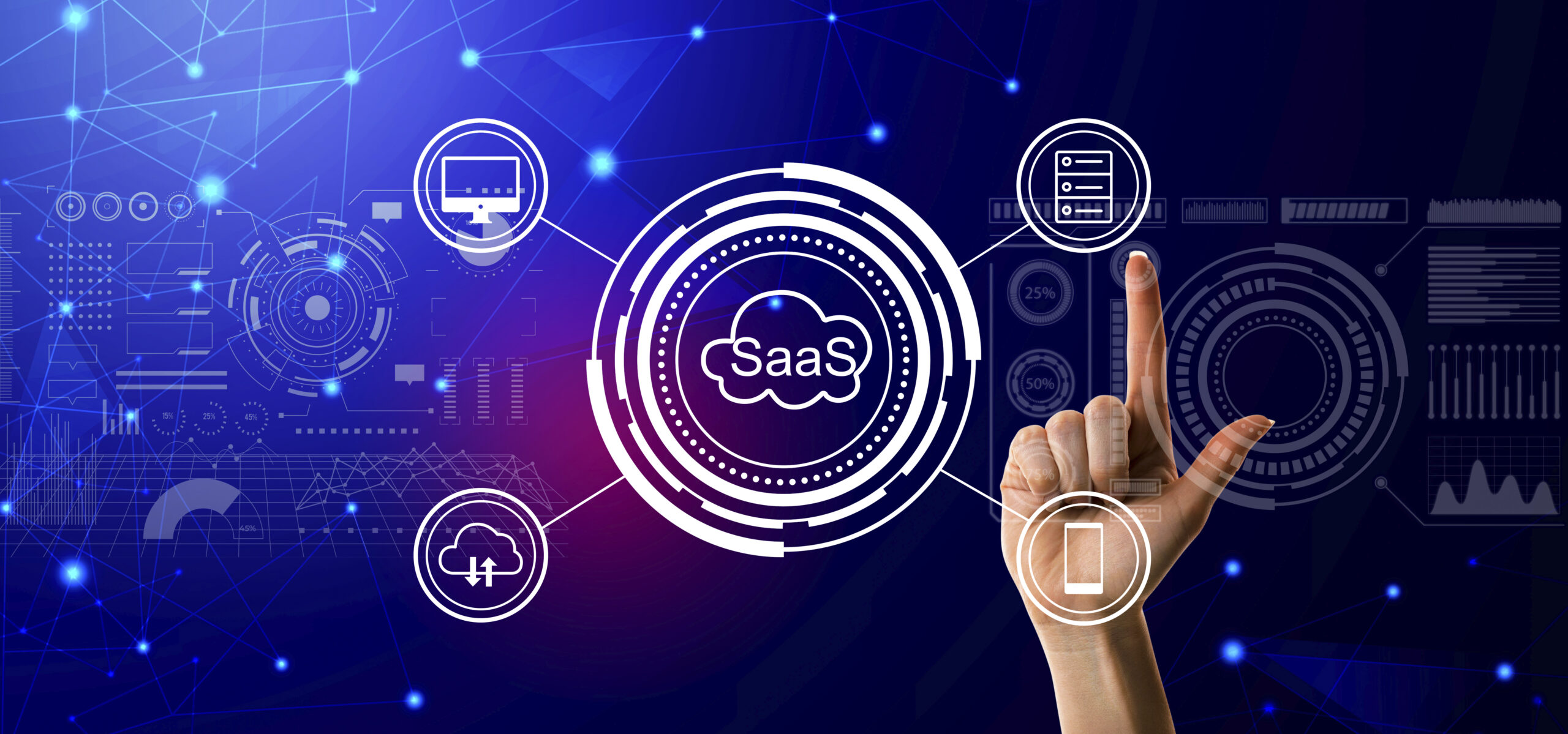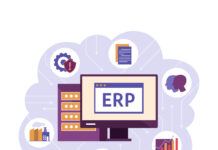In today’s fast-paced business environment, ERP system integration has become a critical factor for organizations aiming to optimize operations, improve efficiency, and gain a competitive edge. Enterprise Resource Planning (ERP) systems are powerful tools that consolidate business processes, but their real value emerges when they are seamlessly integrated with other applications and data sources.
This guide explores what ERP integration is, why it matters, the different methods of integration, challenges businesses face, and best practices for successful implementation.
What is ERP System Integration?
ERP system integration refers to the process of connecting an ERP platform with other software systems, databases, and applications used within an organization. This ensures that information flows smoothly between systems, enabling real-time data sharing and eliminating data silos.
For example:
- Integrating ERP with a Customer Relationship Management (CRM) system to provide sales teams with up-to-date inventory data.
- Connecting ERP with e-commerce platforms to automate order processing and stock updates.
Why ERP System Integration Matters
A well-integrated ERP system provides several crucial benefits:
1. Improved Data Accuracy
When systems are integrated, data only needs to be entered once. This reduces errors and ensures consistency across all platforms.
2. Enhanced Efficiency
Integration automates repetitive tasks such as invoice generation, inventory updates, and payroll processing, freeing employees to focus on strategic activities.
3. Real-Time Insights
With integrated systems, decision-makers have instant access to updated business information, enabling faster and more informed decisions.
4. Better Customer Experience
Integration allows customer service teams to access all relevant information — from orders to shipment status — in one place.
Types of ERP System Integration
There are multiple ways to integrate ERP systems with other applications. The right method depends on the complexity of your IT environment and business needs.
1. Point-to-Point Integration
- Directly connects two systems using custom code or APIs.
- Best for small-scale integrations but can become complex as more systems are added.
2. Enterprise Service Bus (ESB)
- Acts as a communication hub for multiple applications.
- Allows different systems to exchange data without direct connections between each.
3. API-Based Integration
- Uses standardized Application Programming Interfaces to connect ERP with other systems.
- Offers flexibility and scalability, ideal for cloud-based ERP solutions.
4. Middleware Integration
- Middleware software acts as a bridge between ERP and other applications, managing data transformation and routing.
Key Challenges in ERP System Integration
While ERP integration offers numerous benefits, it also comes with challenges that businesses must address:
- Data Inconsistency: Ensuring data formats match across systems.
- High Costs: Complex integrations can be expensive to develop and maintain.
- Security Risks: Data sharing increases the need for robust security measures.
- Change Management: Employees may resist adapting to new integrated workflows.
Best Practices for Successful ERP System Integration
To ensure smooth integration, organizations should follow these strategies:
1. Define Clear Objectives
Identify specific goals, such as reducing manual entry or improving reporting accuracy, before starting integration.
2. Choose the Right Integration Tools
Select middleware, APIs, or integration platforms that align with your ERP system’s capabilities and your IT infrastructure.
3. Ensure Data Standardization
Establish common data formats and naming conventions to avoid mismatches during integration.
4. Test Before Going Live
Conduct thorough testing to identify and resolve issues before full deployment.
5. Plan for Ongoing Maintenance
Integration is not a one-time process; regular updates and monitoring are essential to maintain functionality.
ERP System Integration in Different Industries
Manufacturing: Syncing ERP with supply chain management systems to ensure timely raw material procurement.
Retail: Integrating ERP with POS systems to maintain real-time inventory levels.
Healthcare: Connecting ERP with patient management systems for better resource allocation.
Finance: Linking ERP with accounting software to streamline billing and compliance.
Future Trends in ERP System Integration
- AI and Machine Learning Integration: Enabling predictive analytics and automation.
- IoT (Internet of Things) Connectivity: Allowing ERP systems to collect real-time data from connected devices.
- Cloud-to-Cloud Integration: Increasing adoption as more businesses migrate to SaaS-based ERP solutions.
Conclusion
ERP system integration is no longer optional — it is essential for businesses looking to stay competitive in the digital age. By connecting ERP with other critical business applications, organizations can achieve seamless operations, improved productivity, and better decision-making capabilities.If executed correctly, integration can transform how your business operates, paving the way for growth, agility, and customer satisfaction.












